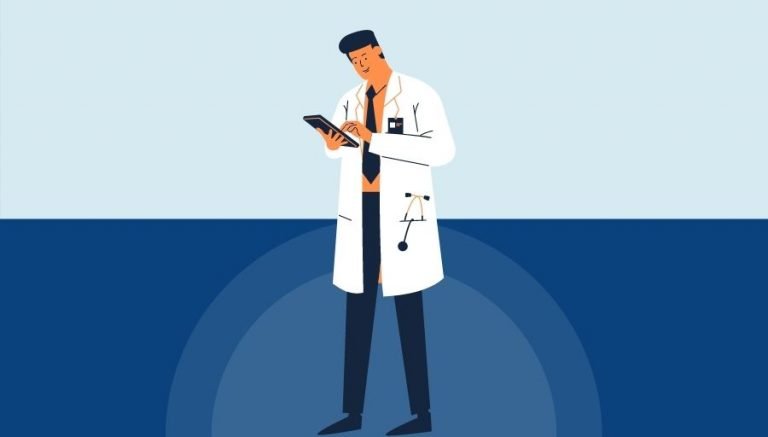ICD 10 CM S42.446P | Description & Clinical Information
ICD 10 S42.446P describes a specific type of fracture that occurs in the medial epicondyle of an unspecified humerus, which is a bony projection located on the inner side of the elbow that is responsible for muscle attachment, and is typically caused by high impact trauma resulting from incidents such as falling on an extended elbow, experiencing a forceful direct blow to the elbow, dislocating the elbow, or participating in sports activities, and is characterized by a tear in the muscle attachment without any misalignment of the fractured fragments, although the provider has not documented whether the injury involves the right or left humerus at this subsequent encounter for a fracture where the fragments unite incompletely or in a faulty position.
Official Description Of S42.446P
The ICD 10 CM book defines ICD 10 code S42.446P as:
Excludes2: fracture of shaft of humerus (S42.3-)
physeal fracture of lower end of humerus (S49.1-)
Excludes1: traumatic amputation of shoulder and upper arm (S48.-)
When To Use S42.446P
The diagnosis describes by the ICD 10 CM S42.446P code entails a nondisplaced fracture of the medial epicondyle of an unspecified humerus. This type of injury is common amongst individuals who engage in rigorous activities such as sports, heavy lifting, or falls. The fracture can result in severe pain and swelling in the upper arm, painful movements, and limited range of motion.
To diagnose the condition, healthcare providers typically rely on a combination of patient’s history and physical examination as well as imaging techniques such as X-rays, magnetic resonance imaging (MRI), and computed tomography (CT). The imaging techniques help providers to determine the extent of injury and the most suitable treatment option.
In cases where the fracture is stable and closed, surgery may not be necessary. However, unstable fractures require fixation and open fractures require surgery to close the wound. Additionally, the application of an ice pack, a splint, or a cast may be necessary to restrict limb movement and enhance the healing process.
Physical therapy is also an essential aspect of treatment for patients with an S42.446P diagnosis. Physical therapy involves a tailored program designed to help patients slowly regain their range of motion, muscle strength, and flexibility. It may take several weeks or months to achieve full recovery, depending on the severity of the fracture.
Furthermore, patients may require medications to manage the pain associated with the injury. Healthcare providers may prescribe analgesics and nonsteroidal anti-inflammatory drugs (NSAIDs) for pain. Analgesics help to relieve pain while NSAIDs reduce inflammation, which is a common side effect of fractures.
Patients with an S42.446P diagnosis require supportive care, and it is essential to follow the treatment plan recommended by the healthcare provider. Patients should avoid any activities that may strain the affected area, as this could lead to further damage or delay in the healing process. Engaging in a diet high in vitamins and minerals helps to facilitate the healing process too.
In conclusion, the ICD 10 CM S42.446P diagnosis code describes a nondisplaced fracture of the medial epicondyle of an unspecified humerus that can be debilitating and cause severe pain. Healthcare providers diagnose the condition based on a combination of physical examination and imaging techniques. The treatment options depend on the severity of the injury and could involve the use of medication, physical therapy, and surgery. Patients with this diagnosis should follow the recommended care plan, avoiding activities that may strain the affected area, and maintaining a healthy diet. A positive mindset, consistency in adhering to treatment, and adequate support from family and friends can lead to a successful recovery.


